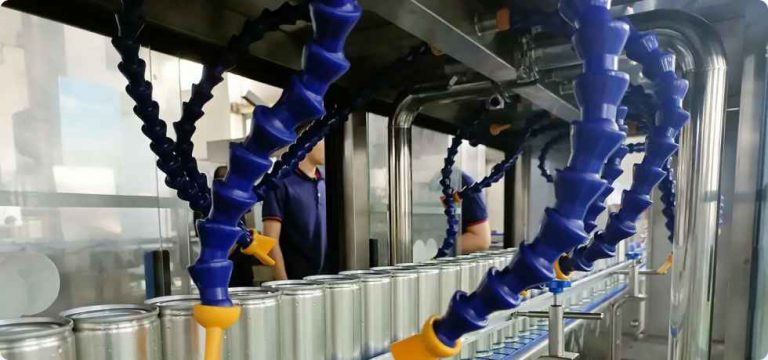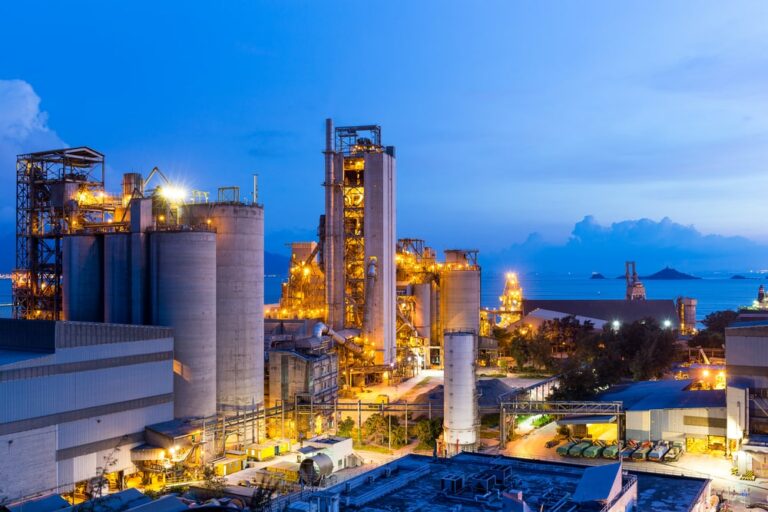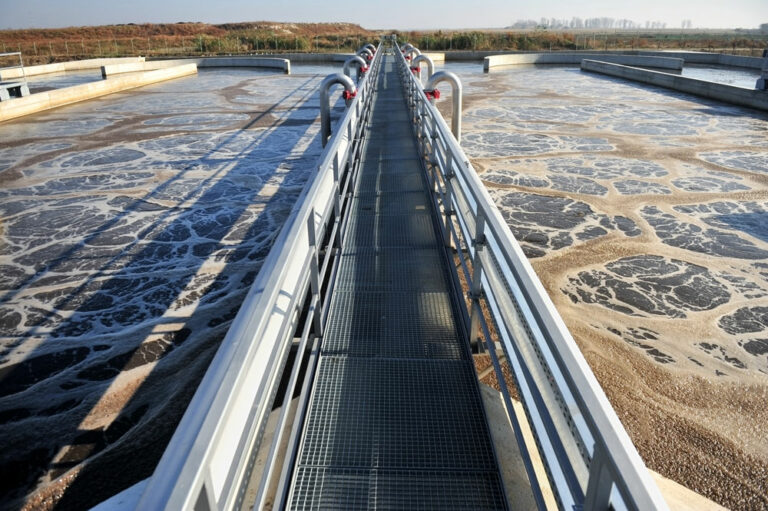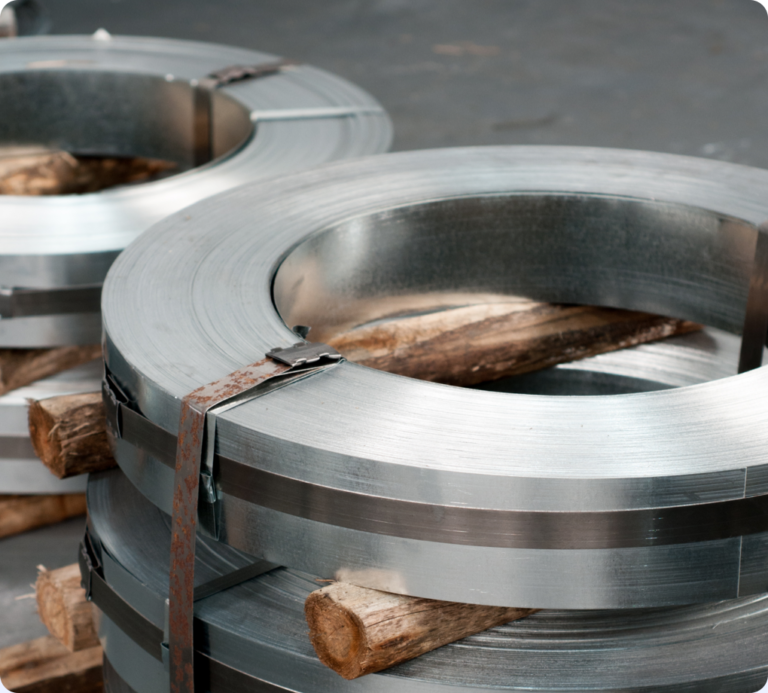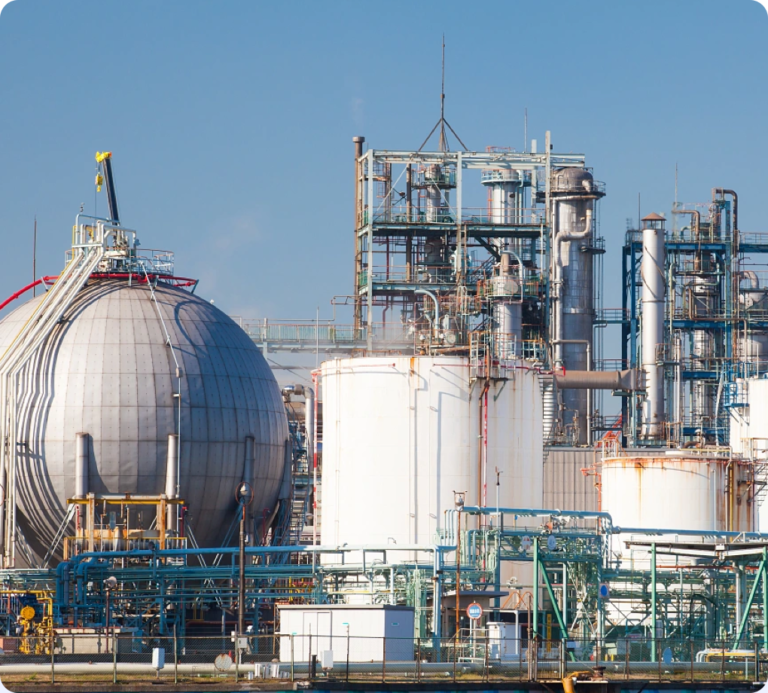Many end user is confused why the blower technology is upgraded to turbo blower? Comparing with traditional roots blower,single-stage and multistage centrifugal blower,RAETTS centrifugal air suspension blower and maglev turbo blower has simple structure:they don’t need coupling connection and oil-lubrication.The daily maintenance of turbo air blower only need to change the dust filter.The main parts of the turbo blower is including high speed permanent magnet synchronous motor(efficiency is about 97%),ternary flow impeller(Variable efficiency up to 87%),suspension bearing(air foil bearing or maglev bearing),VFD, and PLC control system.The traditional industrial air blowers normally use three-phase asynchronous motor(efficiency is about 88%),lobe impeller(efficiency is about 60%),ball bearing,belt or coupling connection.Since the air turbo blowers don’t need belt or coupling for connection,so there is not energy lost during transmission.The efficiency of the turbo blower is about 76% while the roots air blower efficiency is about 40% and multistage air blower efficiency is about 50%.The total energy saving of centrifugal turbo blower is about 25%-30%,comparing with traditional roots blower or other type centrifugal blower.
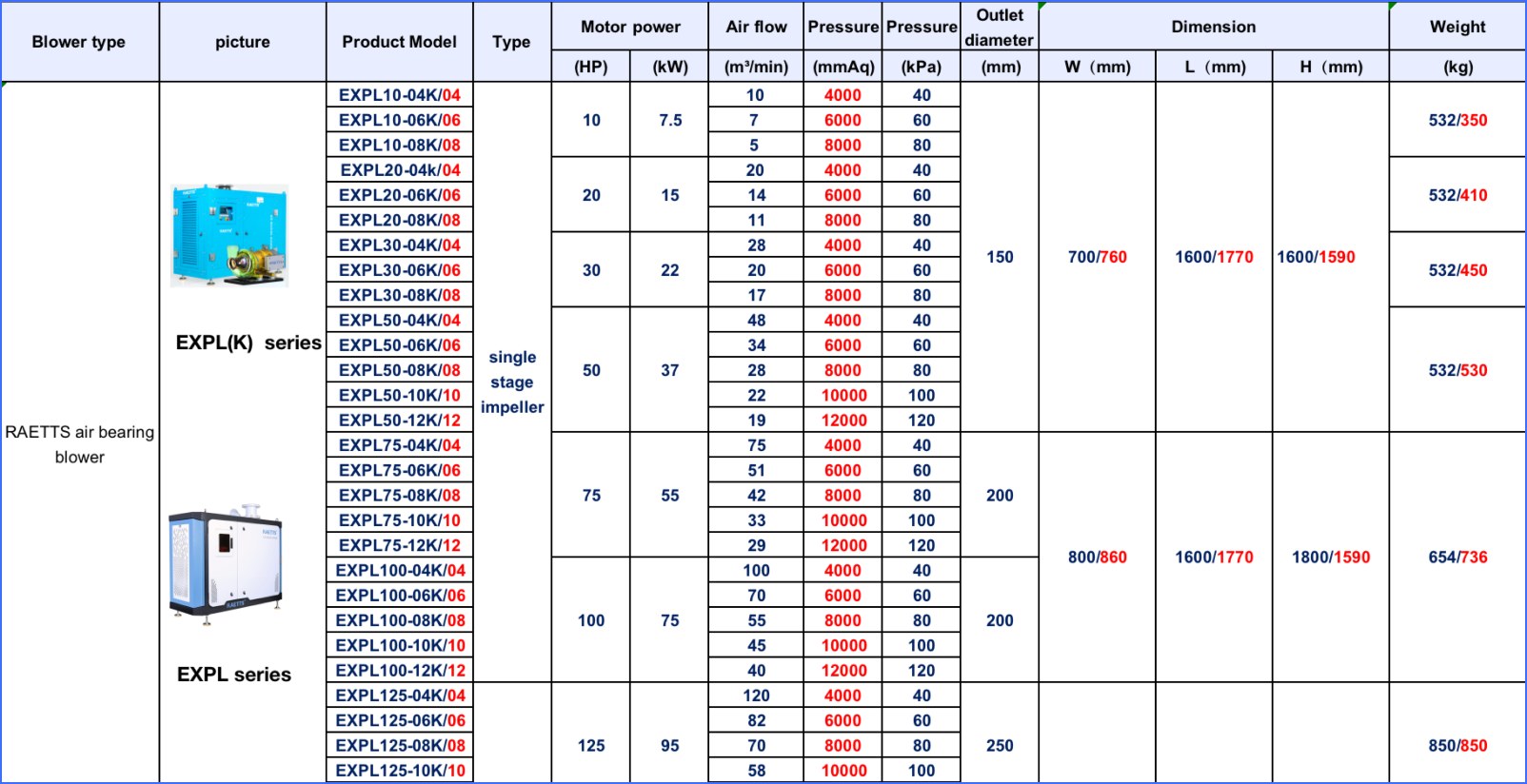
| Product name | cement feeding air blower |
| Keyword | air blower for printing and dyeing wastewater,blower for wastewater treatment plant,blower for pneumatic conveying |
| Place of Origin | China |
| Feature | RAETTS air bearing turbo blower is a brand-new concept blower, which integrates the main core technologies such as “air suspension bearing”, “permanent magnet ultra-high-speed motor”, “high-precision aviation-grade impeller”, and creates a new era of ultra-high efficiency ,low noise and low energy consumption. |
| Dimensions | 785mm*712mm*763mm, (Contact us for specific information to confirm) |
| Applicable Industries | fermentation, etc. |
| Weight | 394kg |
| delivery date | the common delivery time will be 30-40 days. |
| terms of paymen | RAETTS accept payment by T/T(30% advance payment,70% before shipment) |
| Life span | 19 years (Contact us for specific information to confirm) |
| After-sale service | RAETTS warranty time for air bearing blower and maglev turbo blower is 24months,for high speed centrifugal blower is 12 months. |
| Advantage | We keep good quality and competitive price to ensure our customers benefit |
| Packing | 863x842x825mm(Contact us for specific information to confirm) |
| OEM/ODM | Customization Service Provided |
| Sales country | All over the world for example:Mozambique,Australia,Antigua and Barbuda,Juan de Nova Island,British Virgin Islands,United Arab Emirates |
| MOQ | 6pcs(Contact us for specific information to confirm) |
| production capacity | production capacity RAETTS production quantity for air bearing blower and maglev turbo blower is about 200pcs/month,for high speed centrifugal blower is about 700pcs/month. |
| raw materials | RAETTS air blower impeller in made of aluminum alloy,enclosure material is carbon steel,rotor material is cast iron.If customers need other special materials,we can also customized according to customers requirements |
| technology | RAETTS air bearing blower technology is originated from South Korea and maglev turbo blower technology is originated from Germany.RAETTS also have R&D team from Xi’an Jiaotong University |
| quality system | RAETTS has quality management system certificate ISO9001:2015 and enviromental management system certificate ISO14001:2015 |

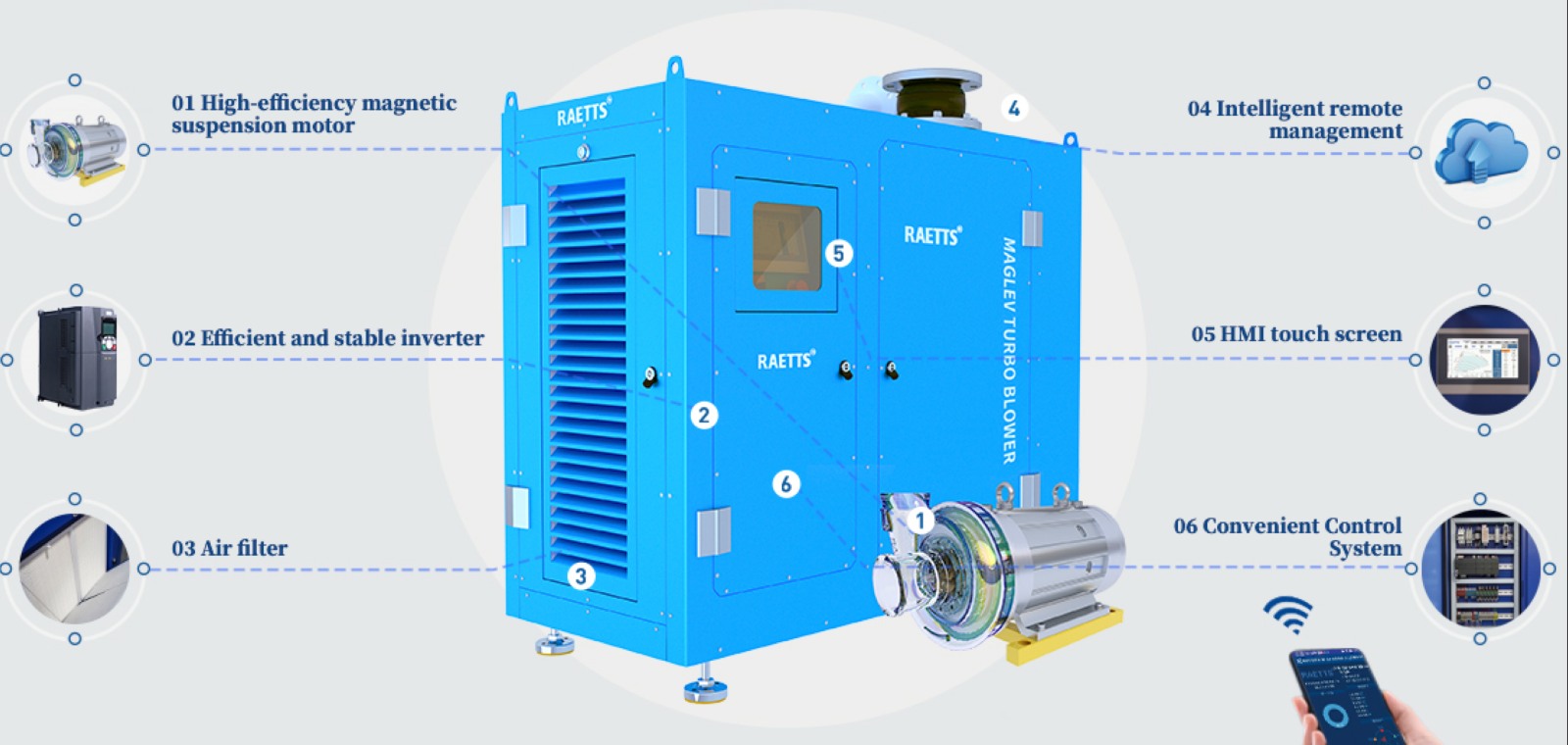
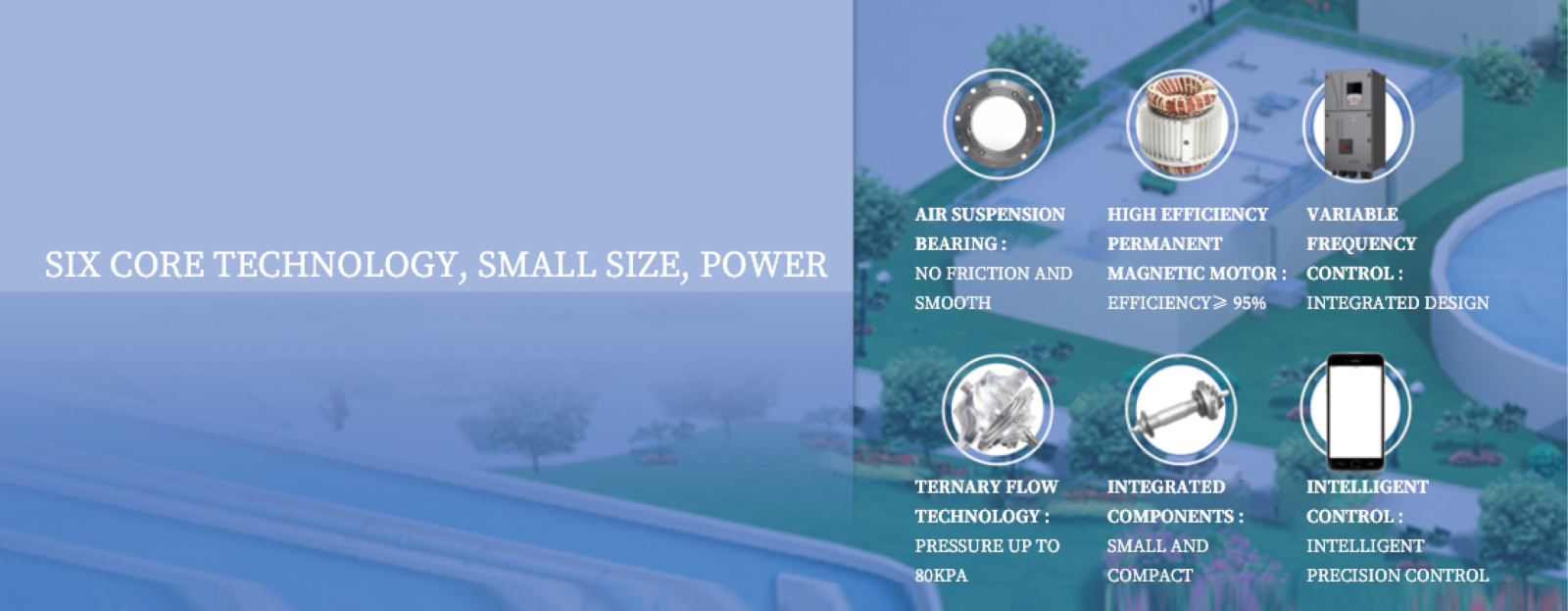
cement feeding air blower services FAQs Guide
Are you looking for a quick review guide about cement feeding air blowerservices?
An ultimate FAQ buying guide is available to help you.This guide contains all the information about all the important facts, figures, and various processes regarding cement feeding air blower services.
Let’s continue!
2.Can a Turbo Blower Be Operated Remotely?
3.Are There Different Sizes of Turbo Blowers Available?
4.What is the Maximum Pressure and Flow Rate of a Turbo Blower?
5.What Types of Materials Can a Turbo Blower Handle?
6.About cement feeding air blower inventory
7.About cement feeding air blower production skills training
8.How Does a Variable Speed Drive Affect a Turbo Blower’s Performance?
9.Can a Turbo Blower Handle Abrasive or Corrosive Gases?
10.What Type of Filter is Recommended for Use with a Turbo Blower?
11.What are the advantages of using an turbo cement feeding air blower?
1.How Does a Turbo Blower Improve Overall System Performance?
We have a wide range of cement feeding air blower customer groups and establishes long -term cooperative relationships with partners. The countries we provide services include Mozambique,Australia,Antigua and Barbuda,Juan de Nova Island,British Virgin Islands,United Arab Emirates.
A turbo blower is a type of centrifugal blower that uses a high-speed impeller to generate air flow. It is commonly used in industrial and municipal applications for a variety of purposes, including aeration, ventilation, and pneumatic conveying.
One of the main ways that a turbo blower improves overall system performance is by providing a higher flow rate and pressure compared to traditional blowers. This is due to the high-speed impeller, which can rotate at speeds of up to 50,000 RPM, creating a more powerful and efficient air flow.
Additionally, turbo blowers are designed to be more energy-efficient than traditional blowers. They use advanced technologies such as variable frequency drives (VFDs) and magnetic bearings to reduce energy consumption and operating costs. This not only saves money but also reduces the carbon footprint of the system.
Another advantage of turbo blowers is their compact size and lightweight design. This makes them easier to install and requires less space, which is especially beneficial in applications where space is limited. The compact design also allows for easier maintenance and reduces the need for frequent repairs.
Furthermore, turbo blowers are known for their quiet operation. The high-speed impeller and advanced technologies used in turbo blowers result in lower noise levels compared to traditional blowers. This is particularly important in applications where noise pollution is a concern.
Overall, the improved performance of a turbo blower translates into better system efficiency, lower operating costs, and reduced environmental impact. This makes it a popular choice for a wide range of industrial and municipal applications.
2.Can a Turbo Blower Be Operated Remotely?
I have a comprehensive after -sales service system, which can pay attention to market trends in time and adjust our strategy in a timely manner.
Yes, a turbo blower can be operated remotely through the use of a remote control system. This system allows the operator to control the speed and other functions of the turbo blower from a distance, without the need to physically be near the blower. This can be useful in situations where the blower is located in a hard-to-reach or hazardous area, or when the operator needs to monitor and adjust the blower from a control room or other remote location. The remote control system typically consists of a control panel, sensors, and a communication system that allows for real-time monitoring and control of the blower.
3.Are There Different Sizes of Turbo Blowers Available?
We have a first -class management team, and we pay attention to teamwork to achieve common goals.
Yes, there are different sizes of turbo blowers available. The size of a turbo blower is typically determined by its flow rate and pressure capabilities. Some common sizes of turbo blowers include:
1. Small turbo blowers: These are typically used for low flow rate and low pressure applications, such as in small wastewater treatment plants or for aeration in fish tanks. They can have flow rates of up to 500 cubic feet per minute (CFM) and pressure capabilities of up to 10 pounds per square inch (psi).
2. Medium turbo blowers: These are used for medium flow rate and pressure applications, such as in medium-sized wastewater treatment plants or for pneumatic conveying systems. They can have flow rates of up to 2,000 CFM and pressure capabilities of up to 20 psi.
3. Large turbo blowers: These are used for high flow rate and pressure applications, such as in large wastewater treatment plants or for industrial processes. They can have flow rates of up to 10,000 CFM and pressure capabilities of up to 30 psi.
The size of a turbo blower can also vary depending on the manufacturer and specific model. It is important to select the right size of turbo blower for your specific application to ensure optimal performance and efficiency.
4.What is the Maximum Pressure and Flow Rate of a Turbo Blower?
We should have a stable supply chain and logistics capabilities, and provide customers with high -quality, low -priced cement feeding air blower products.
The maximum pressure and flow rate of a turbo blower can vary depending on the specific model and manufacturer. However, in general, turbo blowers can achieve pressures up to 15 psi (1 bar) and flow rates up to 10,000 cubic feet per minute (cfm) (283 cubic meters per minute). Some high-performance turbo blowers may be able to achieve even higher pressures and flow rates. It is important to consult the manufacturer’s specifications for the specific turbo blower being used to determine its maximum pressure and flow rate capabilities.
5.What Types of Materials Can a Turbo Blower Handle?
We focus on teamwork and communication to achieve common goals, We attach great importance to this detail.
Turbo blowers are versatile machines that can handle a wide range of materials. Some of the most common materials that can be handled by a turbo blower include:
1. Air and gases: Turbo blowers are primarily used for moving air and gases in various industrial processes. They can handle a wide range of gases, including air, nitrogen, oxygen, and other inert gases.
2. Liquids: Turbo blowers can also handle liquids, such as water, oil, and other fluids. They are commonly used in wastewater treatment plants to aerate and mix liquids.
3. Solids: Turbo blowers can handle solid materials in the form of dust, powders, and granules. They are often used in pneumatic conveying systems to transport solid materials in industries such as food processing, pharmaceuticals, and chemical manufacturing.
4. Vapors: Turbo blowers can handle vapors and fumes from various industrial processes. They are commonly used in ventilation systems to remove harmful vapors and maintain a safe working environment.
5. Particulates: Turbo blowers can handle particulate matter, such as dust, dirt, and debris. They are often used in industrial cleaning applications to remove debris and maintain a clean working environment.
6. Fibrous materials: Turbo blowers can handle fibrous materials, such as paper, textiles, and wood fibers. They are commonly used in paper mills and textile factories to move and process these materials.
7. Corrosive materials: Turbo blowers can handle corrosive materials, such as acids and chemicals. They are often made from corrosion-resistant materials to withstand exposure to these substances.
It is important to note that the specific materials a turbo blower can handle may vary depending on its design and construction. It is always best to consult the manufacturer or a technical expert to determine if a turbo blower is suitable for a specific material.
6.About cement feeding air blower inventory
For air bearing blower and maglev turbo blower,RAETTS doesn’t make stock,only produce air blower according to customers order(since different application site may need different designs).For high speed centrifugal blower,RAETTS makes stock.
7.About cement feeding air blower production skills training
RAETTS will train the production staffs for 3 months before they do production,including:machine operation,assembly,testing and so on.
8.How Does a Variable Speed Drive Affect a Turbo Blower’s Performance?
We focus on innovation and continuous improvement to maintain a competitive advantage.
A variable speed drive (VSD) can have a significant impact on a turbo blower’s performance. Here are some ways in which a VSD can affect a turbo blower:
1. Energy Efficiency: One of the main benefits of using a VSD with a turbo blower is improved energy efficiency. By adjusting the speed of the blower to match the required air flow, a VSD can reduce the amount of energy consumed by the blower. This is because the blower does not have to run at full speed all the time, which can result in significant energy savings.
2. Improved Control: A VSD allows for precise control over the speed of the blower, which in turn allows for better control over the air flow. This is especially useful in applications where the air flow requirements vary, as the blower can be adjusted to meet the changing demands.
3. Reduced Wear and Tear: Running a turbo blower at full speed all the time can put a lot of strain on the equipment, leading to increased wear and tear. By using a VSD, the blower can be operated at lower speeds when the demand is lower, reducing the strain on the equipment and extending its lifespan.
4. Noise Reduction: Turbo blowers can be quite noisy when running at full speed. By using a VSD to adjust the speed of the blower, the noise level can be reduced significantly. This is especially beneficial in applications where noise levels need to be kept to a minimum.
5. Improved Process Control: In some applications, the air flow requirements may need to be adjusted constantly to maintain a specific process condition. A VSD allows for precise control over the air flow, making it easier to maintain the desired process conditions.
In summary, a variable speed drive can have a positive impact on a turbo blower’s performance by improving energy efficiency, control, reducing wear and tear, noise levels, and improving process control. It is a valuable tool for optimizing the performance of a turbo blower in various applications.
9.Can a Turbo Blower Handle Abrasive or Corrosive Gases?
We have established a good reputation and reliable partnerships within the cement feeding air blower industry.
It depends on the specific design and materials used in the turbo blower. Some turbo blowers are designed to handle abrasive or corrosive gases, while others may not be suitable for these types of gases. It is important to consult the manufacturer’s specifications and recommendations before using a turbo blower with abrasive or corrosive gases. Additionally, regular maintenance and proper cleaning may be necessary to ensure the longevity and performance of the turbo blower when handling these types of gases.
10.What Type of Filter is Recommended for Use with a Turbo Blower?
We are centered on customers and always pay attention to customers’ needs for cement feeding air blower products.
A high-efficiency particulate air (HEPA) filter is recommended for use with a turbo blower. This type of filter is designed to capture small particles and contaminants, making it ideal for use with a turbo blower which can generate high air flow rates. HEPA filters are also commonly used in industrial and medical settings where clean air is crucial.
11.What are the advantages of using an turbo cement feeding air blower?
Comparing with tradition roots blowers,single-stage blowers and multi-stage blowers,turbo blowers effciency is 20%-30% higher,which means using an turbo air blower can help customer to save about 20-30% energy,and then reduce the eletric cost.
Tag:Blower for Cement Plant,air blower supplier,STP blower for sewage treatment plant,turbo blower fan,air blower for Textile ,Heavy Duty Industrial Air Blower

